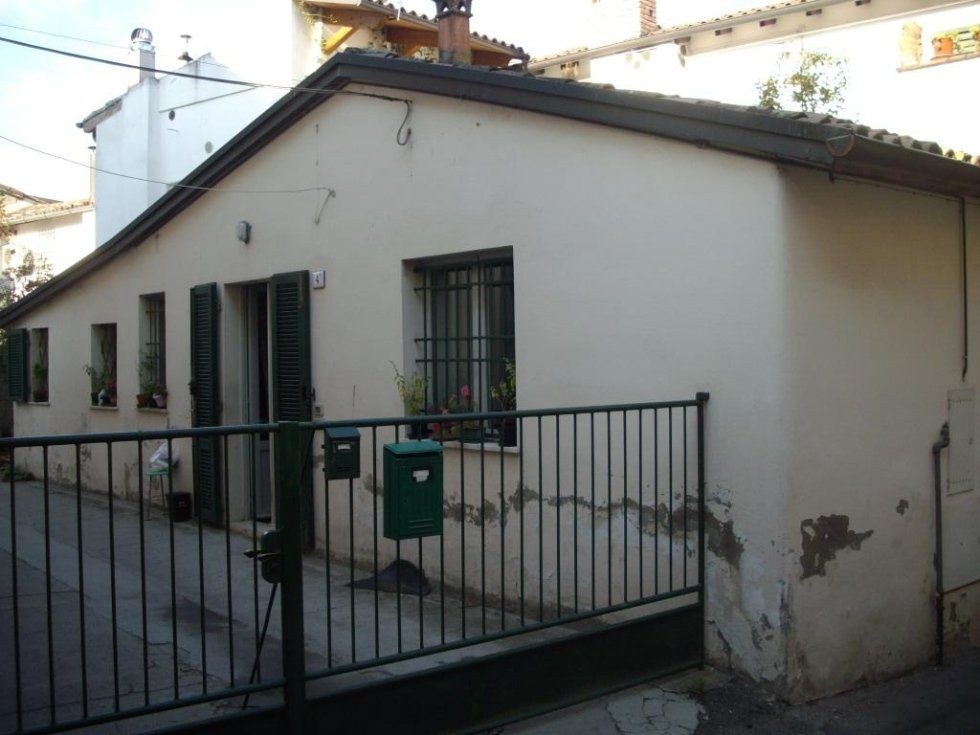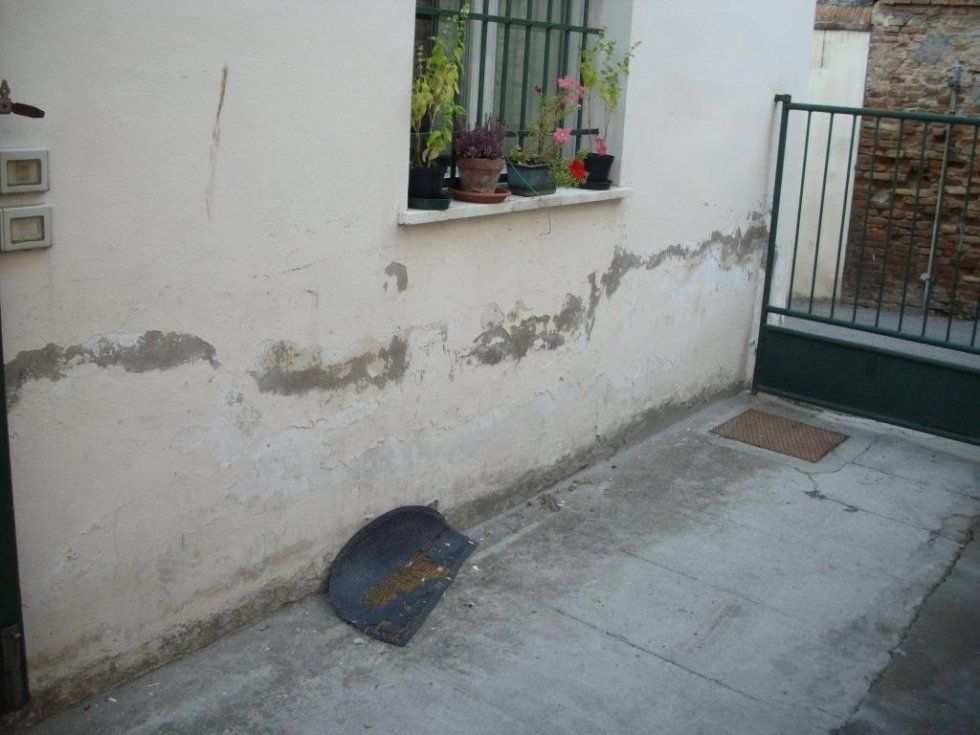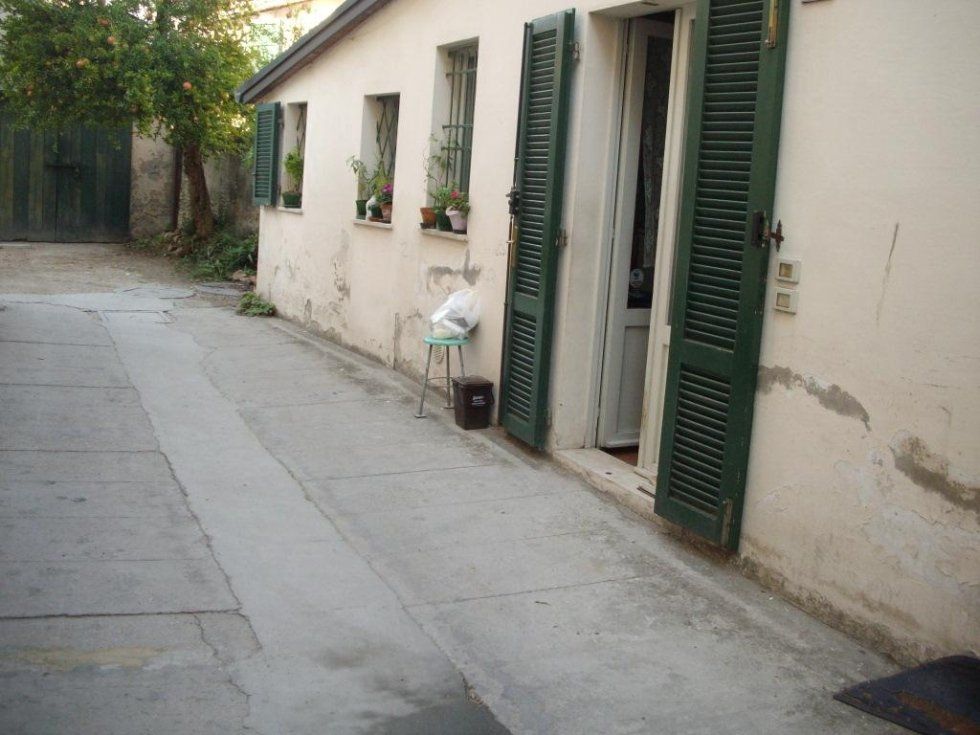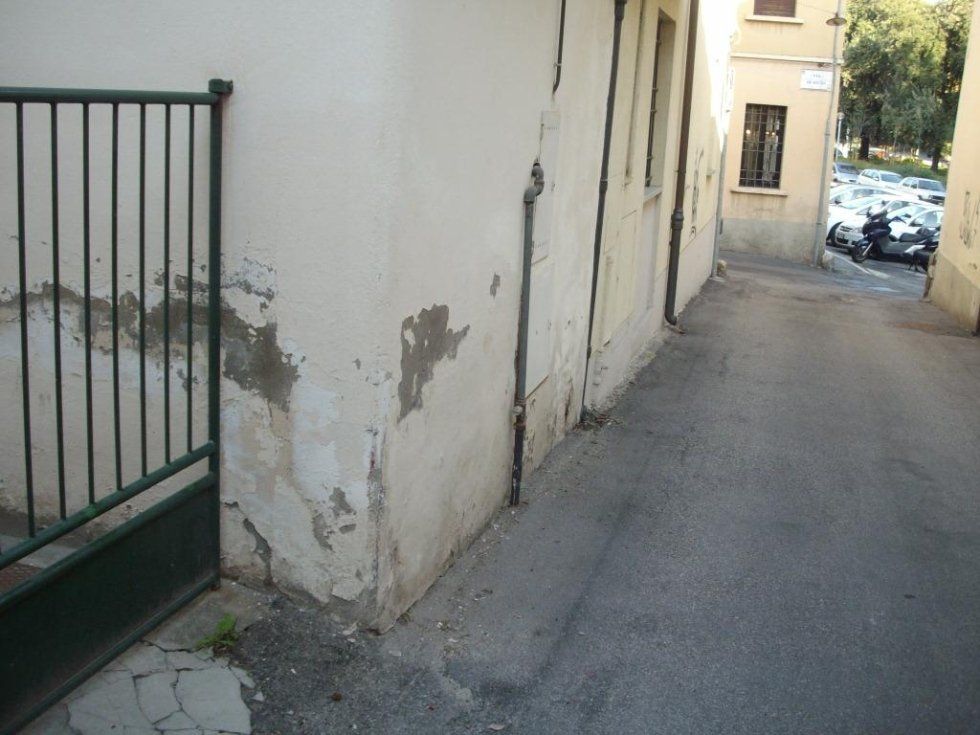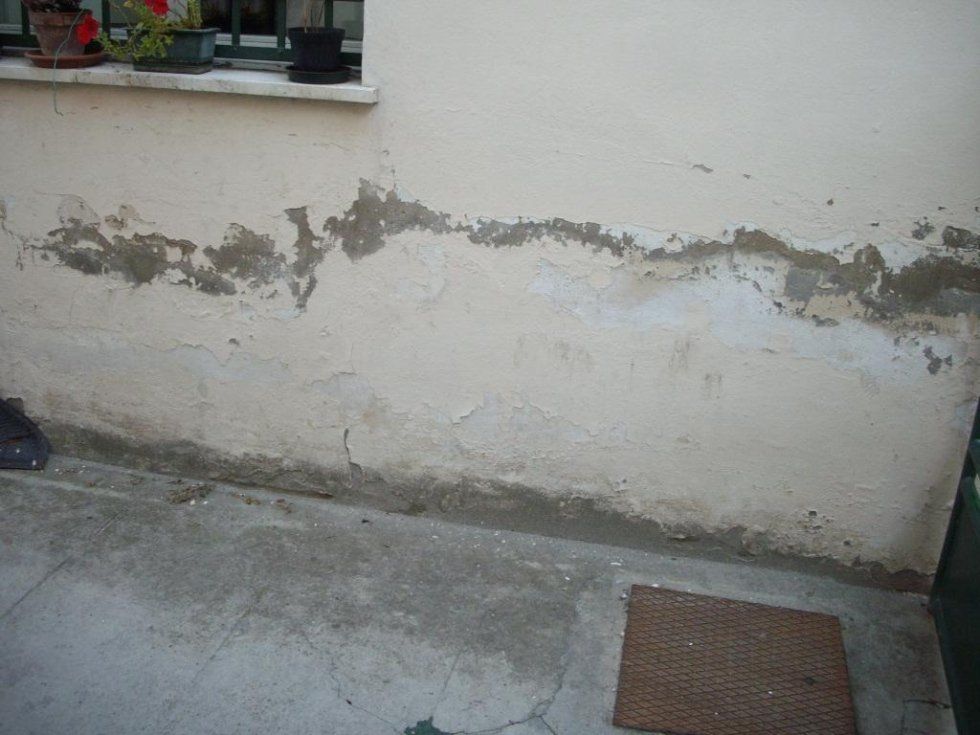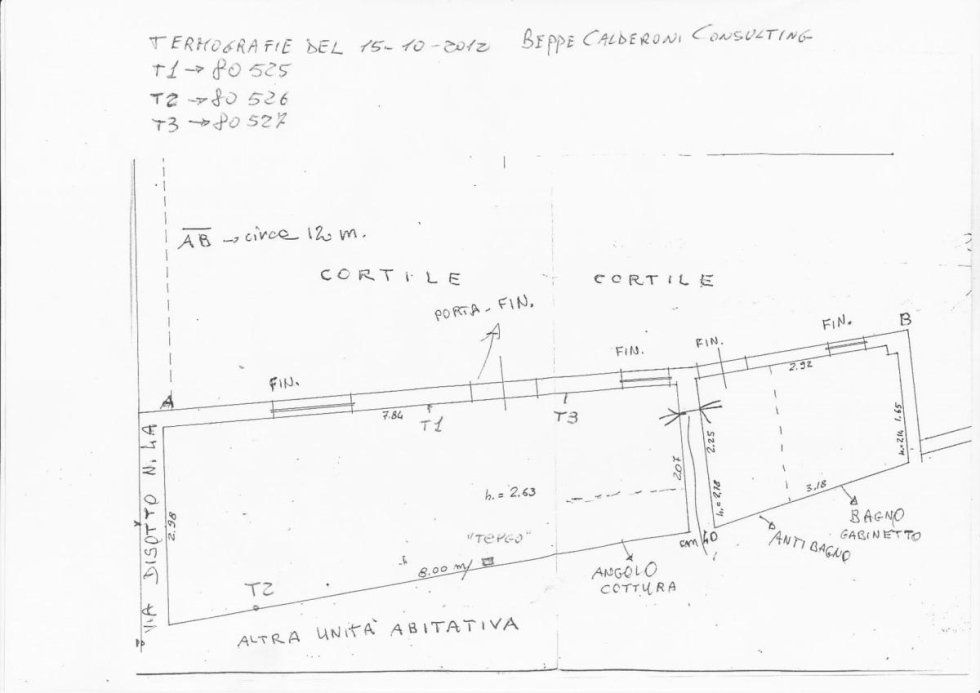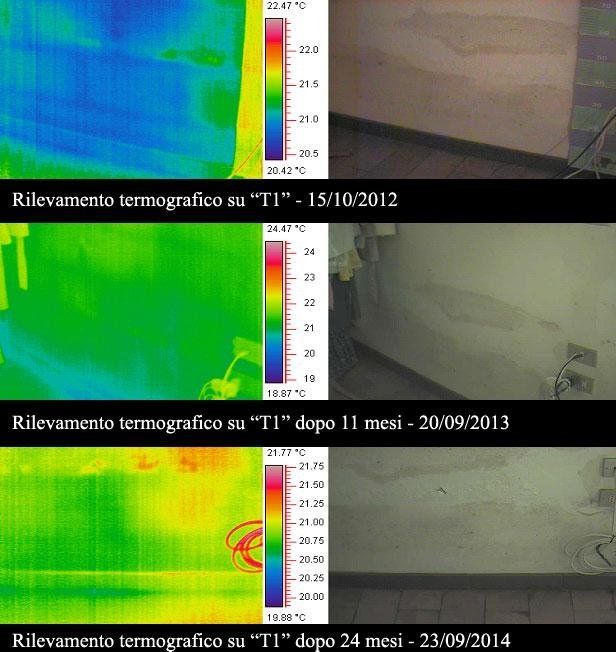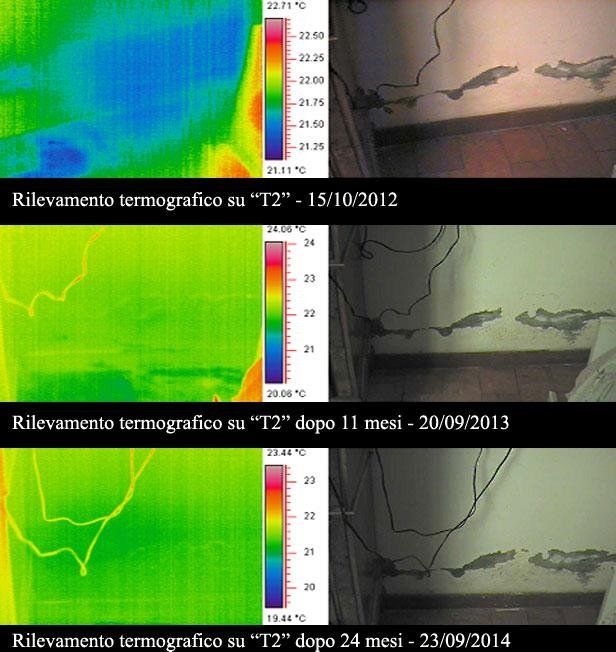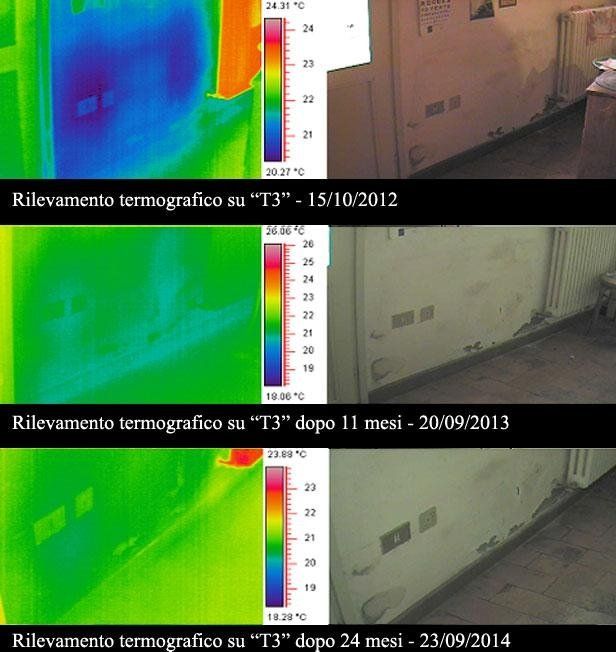Polar Dry
Eliminates rising damp
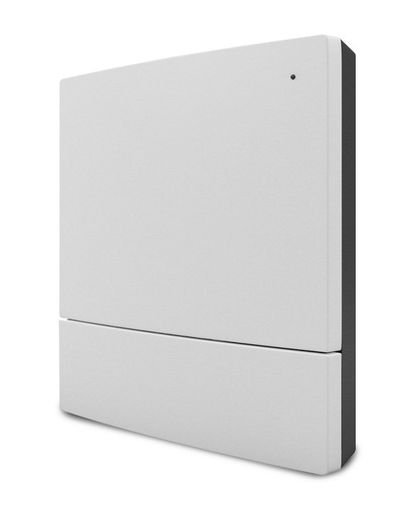
Technology that dries the walls
PolarDry is a high-tech system that emits a weak electromagnetic field, definitively eliminating the excess damp of walls, floors and structures in contact with the ground below, thus avoiding any masonry intervention.
What are the benefits?
How does it work?
Polar Dry is used for the dehumidification and restoration of structures affected by capillary rising dampness, irrespective of the materials used in their construction.
The range of action varies from 10 to 20 metres depending on the model and evenly dehumidifies all walls, floors and foundations in contact with the ground, with a coverage of over 1200 square metres per appliance.
Polar Dry complies with European Regulations regarding electrical and electromagnetic safety. At a low electricity consumption, it acts solely within the walls, without emitting detectable magnetic fields into the surrounding environment. After its installation, no maintenance is required.
The physical principle
Due to its chemical nature, the water molecule is made up of a permanent electric dipole and salts, which, taken from the ground, allow an electric current to pass through it via ion conduction.
Thanks to the physicochemical properties of water, it is possible to generate and stabilise a wireless signal capable of blocking capillary action inside the materials, dehumidifying the building and its structural parts accordingly.
The wireless signal comes into contact with the water molecules present in building materials, and acts by reversing the polarity of water molecules with a positive dipole. This tends to rise into a neutral dipole that will usually flow downwards towards the ground, thus definitively and permanently blocking the ascent of rising damp and dehumidifying the walls.
Thanks to the physicochemical properties of water, it is possible to generate and stabilise a wireless signal capable of blocking capillary action inside the materials, dehumidifying the building and its structural parts accordingly.
The wireless signal comes into contact with the water molecules present in building materials, and acts by reversing the polarity of water molecules with a positive dipole. This tends to rise into a neutral dipole that will usually flow downwards towards the ground, thus definitively and permanently blocking the ascent of rising damp and dehumidifying the walls.
An example of a renovation involving rising damp
Here is an example of an intervention carried out at a private house in Faenza (RA) at a private residence. The building does not have cellars or apiaries. It is for this reason that there are areas of rising damp, the effects of which are typically associated with structural and aesthetic degradation.
Early photos show the external facade of the building before the installation of an electrophysical wall dehumidifier. Note the signs of rising damp, namely, the detached plaster.
Note also the plan of the house with the marked points: particularly the points marked: "T1", "T2" and "T3" , when the thermographic surveys were carried out at the time of installation, 11 months later and two years later, in almost identical climatic conditions.
Lastly, notice the three photos that show the difference in temperature of the walls following the regression of the rising phenomenon.
Early photos show the external facade of the building before the installation of an electrophysical wall dehumidifier. Note the signs of rising damp, namely, the detached plaster.
Note also the plan of the house with the marked points: particularly the points marked: "T1", "T2" and "T3" , when the thermographic surveys were carried out at the time of installation, 11 months later and two years later, in almost identical climatic conditions.
Lastly, notice the three photos that show the difference in temperature of the walls following the regression of the rising phenomenon.
The presence of water causes the walls to decrease in temperature.
By comparing the thermographic surveys, we immediately notice that the blue colour (which indicates the lowest temperatures) has gradually disappeared in the two subsequent surveys. This highlights how the temperature of these walls increases when there is less 'blue', i.e. water in them.
The same thing can be said for the "T2" and "T3" surveys.





